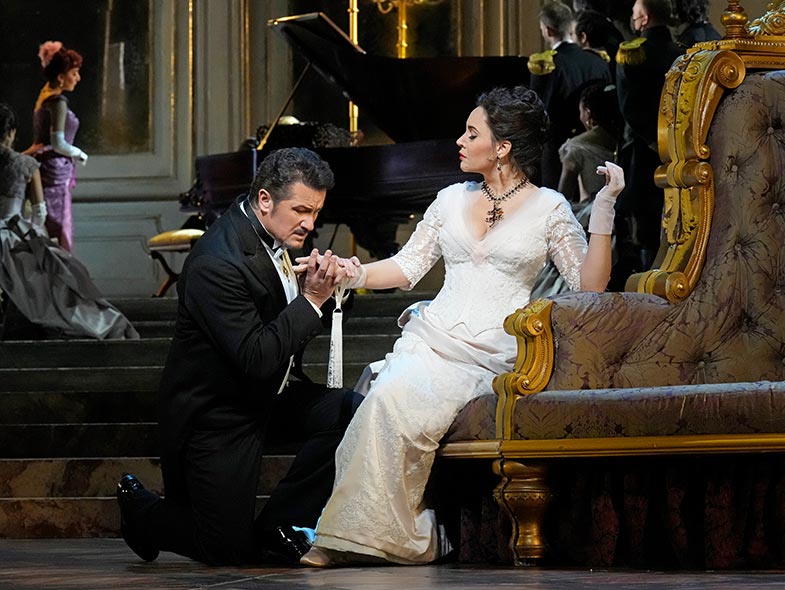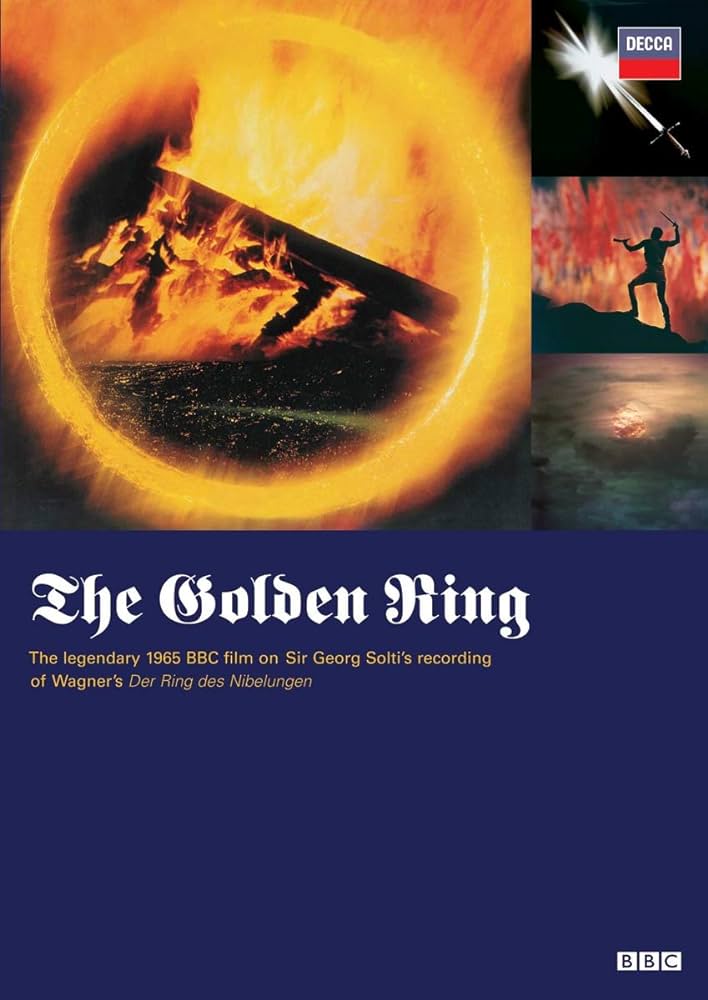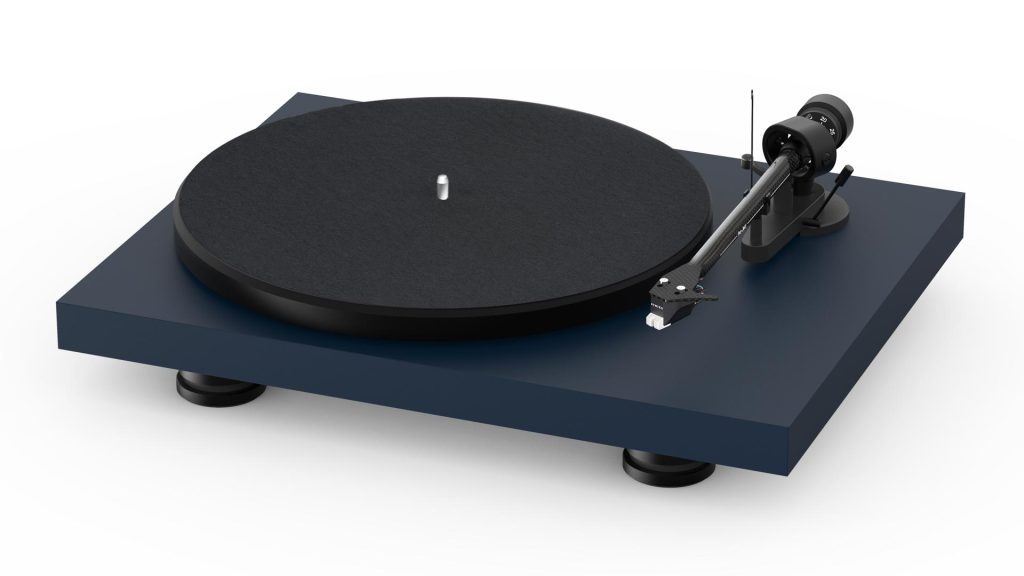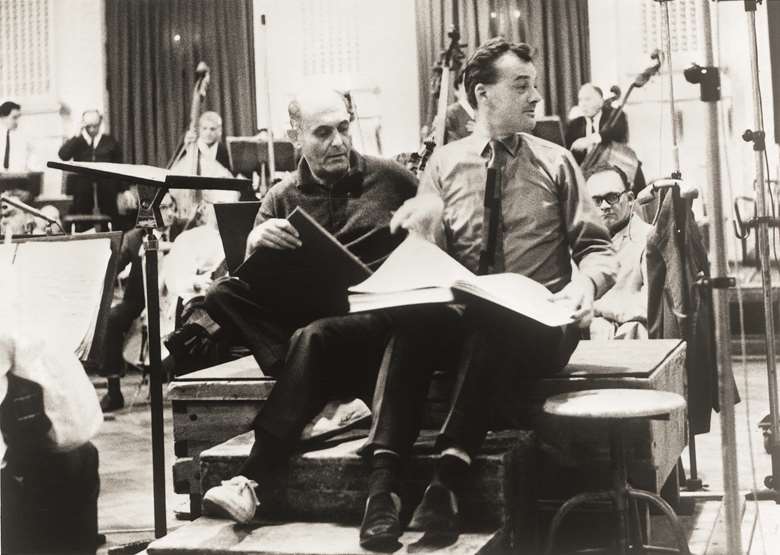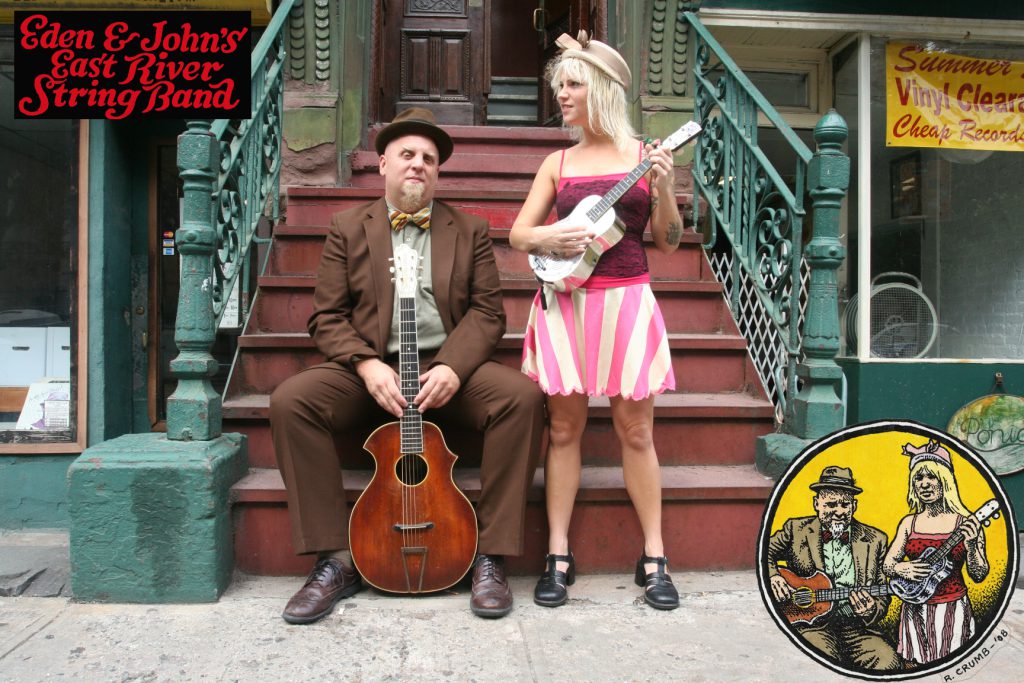
Originally published here in 2018. The ERSB’s most recent album is Goodbye Cruel World.
When American roots music is celebrated, it’s usually done so with the Ken-Burns-like solemnity of PBS specials like American Epic — eminently worthwhile, but also studded with the kinds of celebrities (Willie Nelson, Jack White) who can tart up the joint enough to guarantee a least-embarrassing rating. All well and good, and if PBS can do its bit to keep this kind of music in the public eye, then sure, you can have my five bucks a month to keep the squirrel running in his wheel. But really, this history-minded survey class favors the past rather than the present, and if you want to hear this music and see it performed today — live, as it was meant to be heard and performed — then you have to look elsewhere. And the next best thing to hearing it live is to listen to contemporary musicians who still feel it important to keep it out there, as entertainment of the highest quality rather than a trip down memory lane. Not that it’s going to make anybody rich.
So it was with extraordinary pleasure that I sat down last night with Coney Island Baby, the new album from Eden & John’s East River String Band, a local outfit based in the deep East Village, which has been performing “a vast spectrum of traditional American Blues, Country and Pop music ranging from the late 19th to the early 20th Century” for more than a decade. To call the 17 songs on the album “roots music” — in the sense that PBS will tell you that true roots music is exemplified by groups like the Carter Family — is somewhat misleading. Eden Brower, John Heneghan, Robert Crumb, and Ernesto Gomez, the core group of the ERSB, have gathered together here a wide-ranging repertoire, from traditional blues and rags to more recent (relatively speaking) standards like “Nobody’s Business if I Do” and “He’s Funny That Way.”
This is not particularly concert music, nor, when it was first written and performed, was it meant to be. Back in the day, before the Victrola, the only way to hear music was to either hear it live or play it yourself: pick-up bands who took possession of a gazebo or bandstand in a small American town for a parade or barbeque, roadhouses and juke joints in more remote regions of the south, an occasional visit from a touring minstrel show, or a few hours just sitting around with a few friends on somebody’s porch. Coney Island Baby, at its best, puts you in the room with Brower, Heneghan, Crumb, Gomez, and the rest for spirited, relaxed musical good times.
Brower fronts the band with a solid, whiskey-dampened (if not whiskey-soaked) voice, a bright, mature sensual full-bodied woman’s tone instead of the girlish puerility of most contemporary female singers (as the father of two girls about ten years old, I’ve heard enough of these to last a lifetime). She’s bawdy and even a little beyond on “Moonshine,” “Skinny Leg Blues” and the delightfully dirty “Adam and Eve,” though capable too of some sensitive nuance on songs like “Nobody’s Business,” “He’s Funny That Way,” and maybe my favorite song on the album, “Arlena.” She’s backed by Heneghan on a strong, energetic guitar that offers a few of the rougher chords (he gets his due on his sole solo cut, “Desert Blues”) and Crumb’s vibrant ukelele, mandolin, and banjo, while Gomez contributes a terrific harmonica, especially on “Moonshine.” The “Sometimes They Show Up If They Feel Like It Players” — Pat Conte on fiddle, Eli Smith on banjo, Jackson Lynch on fiddle, Geoff Wiley on bass fiddle, and Walker Shepard on guitar — fill out the one or two instrumentals on the album.
It’s worth pointing out that the term “American roots” is a little misleading too. The music that the ESRB performs may be characterized as distinctly American, but it’s only because that we’ve grown to hear it that way. This music didn’t magically spring up from the indigenous American soil but instead was the product of the music that was brought to these shores by a variety of immigrants and exiles, voluntary and involuntary: it has its origins in the music of Europe, but equally in the musics of Africa, South America, Asia, and even Hawaii. It doesn’t take long for enthusiasts of this music to go down the paths of its true origins. Heneghan does so in his own John’s Old Time Radio Show, often joined by Crumb, which I highly recommend; along with recent episodes about yodelling and ukelele music, Heneghan has also recently featured programs on early recorded African, French, and Brazilian music. Check it out, and do your part for immigration.

